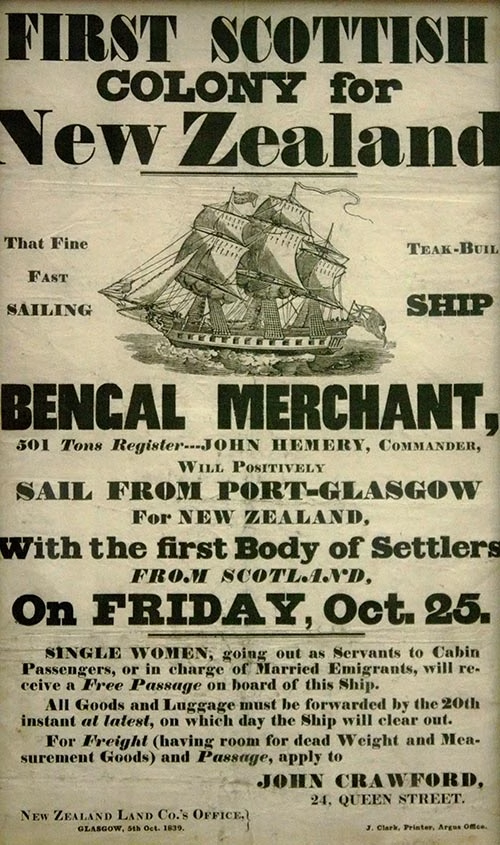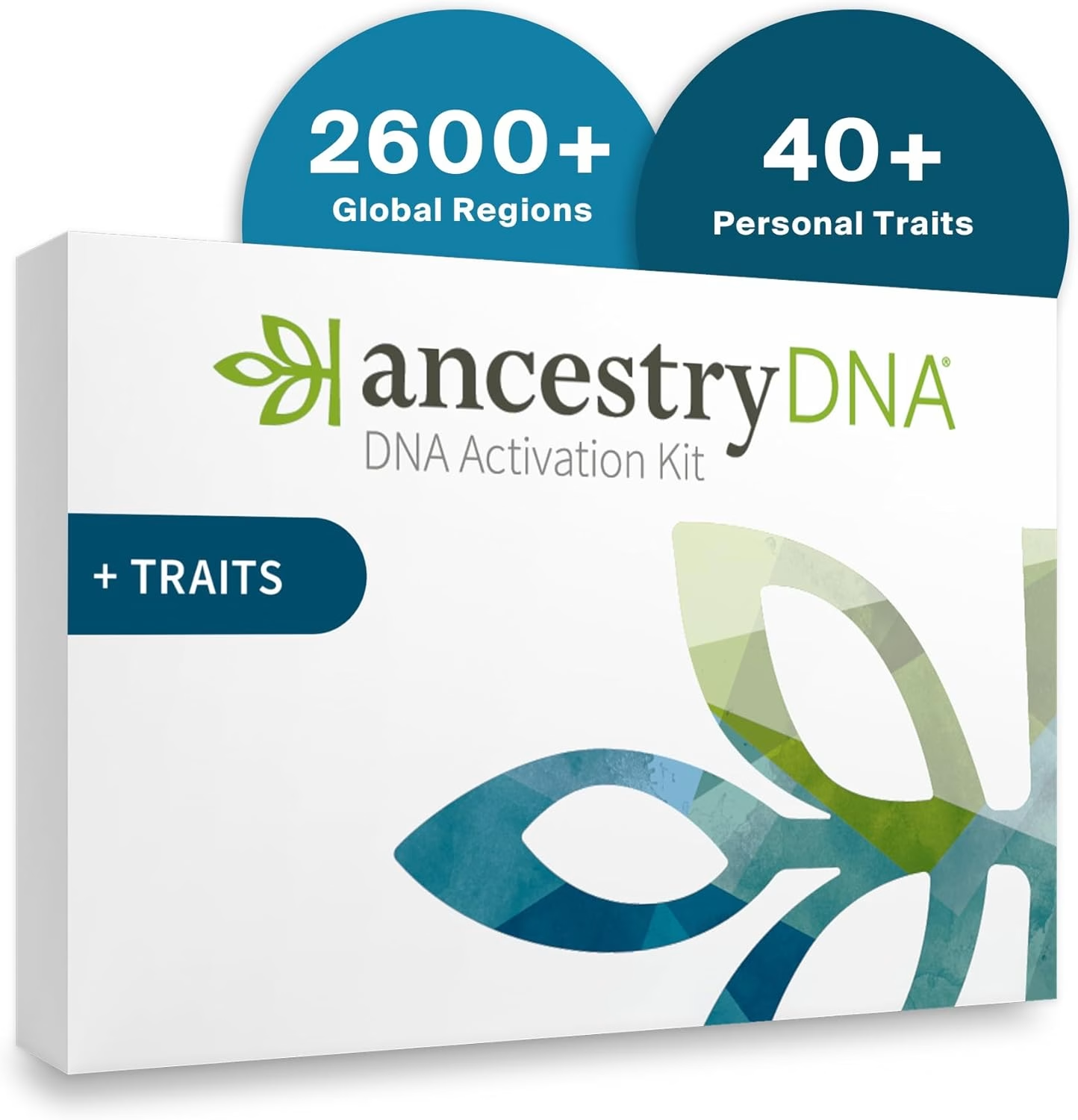Mull’s emigration story is one of departure, resilience, and global legacy. For centuries, islanders left their homes behind, driven by hardship, hope, and the promise of new beginnings. Today, the echoes of those journeys reach far beyond Scotland, shaping communities across North America, Australasia, Africa, and beyond. For visitors, understanding this history offers a deeper connection to the island, and for many, a chance to trace their own ancestral roots.
Why People Left Mull
The reasons for emigration were complex and often painful. During the Highland Clearances, families were forcibly removed from crofts as landowners restructured estates for sheep farming. Economic pressures followed, famine, rising rents, and limited opportunities made survival difficult. Some left under duress, others by choice, seeking land, freedom, or religious refuge in distant colonies.
By the mid-1800s, emigration had become a defining feature of island life. Mull’s population declined sharply as families boarded ships bound for Canada, the United States, Australia, and New Zealand. Others travelled to South Africa, India, and even Argentina. Wherever they went, they carried Gaelic names, songs, and traditions, fragments of Mull that still survive abroad.
The Global Footprint
In Nova Scotia and Cape Breton, emigrants from Mull helped preserve Gaelic culture, founding communities that still speak the language today. In Ontario and the Carolinas, they became farmers, teachers, and tradespeople. Australia and New Zealand welcomed Highland settlers with land grants and assisted passages, while South Africa drew missionaries and soldiers. Even Patagonia saw Scottish families establish homes in the remote southern plains.
These emigrants didn’t just adapt, they built. Churches, schools, and cultural societies emerged in their new homelands, often bearing the names of places left behind. Mull’s influence spread quietly but persistently, shaping generations far from the Sound of Mull.
What Remains on Mull
The legacy of emigration is etched into the island’s landscape. Abandoned crofts in Glen Bellart and Ardmeanach speak to depopulated settlements. Graveyards in Kilvickeon, Salen, and Bunessan bear the names of those who stayed, and those who left. Gaelic, once dominant, declined as communities fractured and traditions faded.
Yet emigration also created a global network of descendants. Many now return to Mull, walking the paths their ancestors once took to the boats. Heritage tourism has grown steadily, with visitors seeking not just scenery, but stories.
Tracing Your Mull Roots
For those exploring family connections to Mull, several resources offer reliable starting points. ScotlandsPeople.gov.uk provides official records of births, marriages, deaths, and census data. HebrideanConnections.com links people and places across the islands, often with detailed family histories. Commercial platforms like Ancestry and FindMyPast offer emigration records and global family trees, useful for connecting Scottish origins to overseas branches.
Locally, Mull Museum in Tobermory holds emigration-era exhibits and surname references. Argyll & Bute Archives in Lochgilphead contain estate papers, school records, and emigration documents. The West Highland Museum in Fort William offers broader context on the Clearances and Highland life. For dedicated research support, Mull Genealogy provides expert guidance and access to local family records
Visitors are also encouraged to explore the island’s graveyards and croft ruins. Many emigrant families are still remembered by locals, and oral history remains strong. A conversation in a village shop or a walk through an old settlement can reveal more than any archive.
Discover your DNA story with our easy-to-follow instructions. Simply activate your DNA kit online and return your saliva sample in the prepaid package to our state-of-the-art lab. In roughly six to eight weeks, your results will be ready online.
Mull’s Story Is Still Being Told
Emigration from Mull wasn’t just a chapter, it was a turning point. It reshaped the island and helped build communities across continents. For visitors, it offers a deeper way to connect: not just to the land, but to the lives that left it.
Whether you’re tracing a surname, walking a croft path, or standing at the edge of the Sound, Mull’s emigration story is yours to explore.


